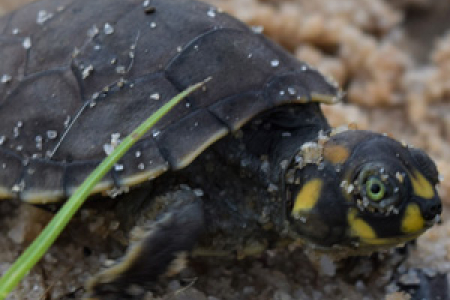Book gives insight into world’s largest rainforest
Famed as one of the most biologically diverse regions in the world, a new book by staff and students at Charles Darwin University aims to draw attention to not only the immense importance of the Amazon rainforest but also to its impending threats.
The book is based on the first Brazilian Amazon Field Intensive, at the Rio Trombetas Biological Reserve in 2016.
CDU research fellow Dr Carla Eisemberg said that while the Amazon had attained an almost mythical status as the “lungs of the planet”, work and action was needed to protect this vast and irreplaceable environment.
She said the aim of the book was to provide an introduction to wildlife conservation in the Brazilian Amazon, which comprises 60 per cent of the total Amazon biome.
“There are no simple answers to the complex environmental and social issues facing the Amazon,” Dr Eisemberg said.
“But by improving our understanding of the ecological processes in this biome we can help to inform management efforts now and into the future.”
She said the book was written in partnership with colleagues from Brazil and explored Amazon wildlife ecology, conservation and management failure and successes, and the unexpectedly close connection between Northern Australia and northern Brazil.
“Despite the immense ocean between them, there are many similarities in the ecology and environmental management issues of northern Brazil and Northern Australia,” she said.
“The parallels between the two regions countenances the possibility of global learning and exchange of ecological knowledge, which will benefit research and management between these regions and tropical countries elsewhere.”
Dr Eisemberg said that although it was primarily targeted at undergraduate and postgraduate environmental science students from Brazil and Australia, the book was relevant to anyone interested in understanding the complexities of Amazon wildlife conservation.
The book titled “An Introduction to Wildlife Conservation in the Brazilian Amazon: A View from Northern Australia” will be launched in the foyer of the Mal Nairn Auditorium on Monday, 17 July at 4:30pm.
The project is a partnership between the National Institute for Amazon Research, Amazon Society of Ichthyologists and Herpetologists, Chico Mendes Institute for Biodiversity Conservation, and the Brazilian Ministry of the Environment.
It was sponsored by the Australian Government Council on Australia Latin America Relations and the Turtle Conservation Fund.
